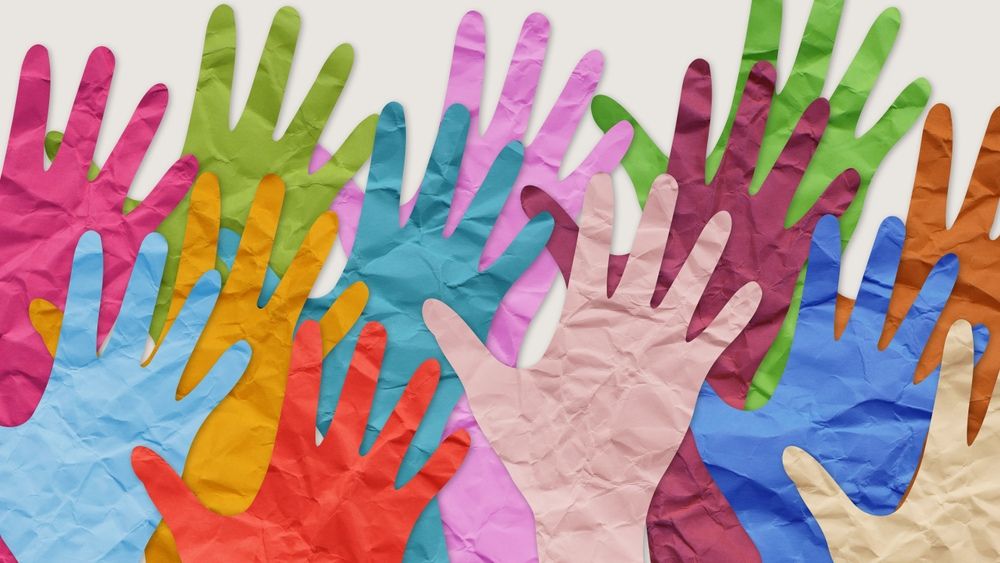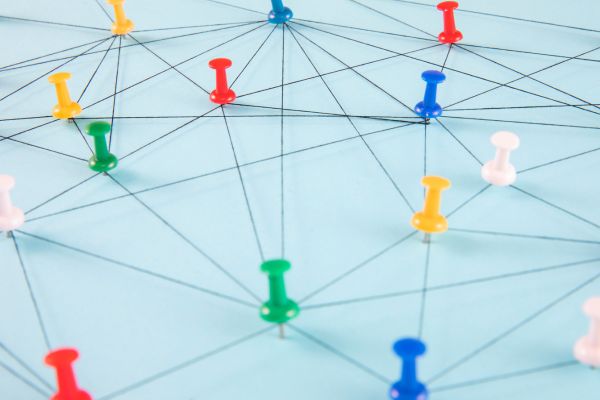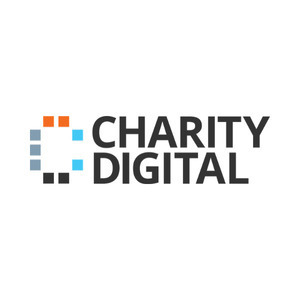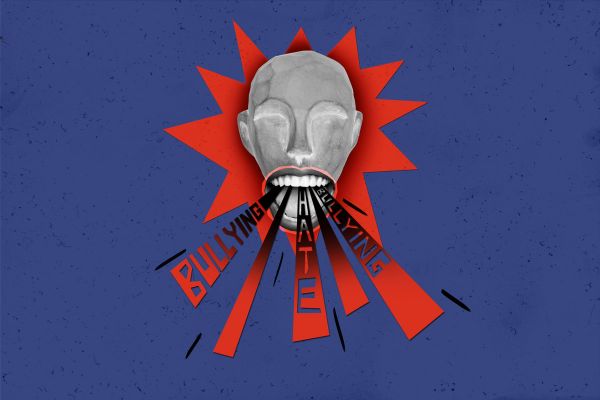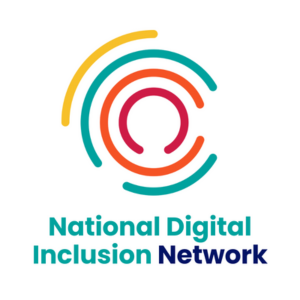Insights
INSIGHTS
All Topics
My Account
Why digital inclusion matters in 2024
02 Jan 2024by Josie Sparling
As Charity Digital launches its campaign for Digital Inclusion, we explore why it is an important challenge to tackle in 2024
Click to listen to articleplay_arrow08:45
Since 2001, Charity Digital has been helping the UK charity sector to unlock maximum impact for people, communities, society, and the planet by making the most of digital and tech – through our discounted and donated digital products, our content, and our events. We have helped over 77,000 organisations accelerate their missions through digital and tech, and we have become a leading voice for embracing digital to make the biggest impact possible.
But as charities push forward in digital tools and skills, the sector is at risk of leaving people behind: those who are digitally excluded. That can occur when the price of digital is too high, when digital is inaccessible for those who have disabilities, when someone lacks the digital skills to operate safely online, and a host of other reasons.
We believe that digital technology is key to making an impact in the world today – but also that it’s important for organisations to be intentional about how we use digital technology.
This will mean different things for different charities, whether it’s developing services that include those who aren’t online, improving the accessibility of your website, conducting digital skills training for staff and volunteers, being transparent about how you use personal data, or linking up with local digital inclusion service providers to make sure no one is left behind. There is a lot that can, and should, be done. This article explores why digital inclusion matters in 2024.
Digital exclusion is a widespread issue
An estimated 24% to 34% of people aged 16 and over are estimated to be in at least one dimension of digital poverty, according to Deloitte’s report, ‘Digital Poverty in the UK’. This includes people of all ages and socio-economic backgrounds.
That means that one in seven people in the UK cannot interact with the online world fully, when, where, and how they need.
The report estimates that 14% of individuals in the UK lack a broadband connection, 16% lack access to appropriate devices, 10% fail to get online regularly, 19% lack foundational digital skills, and 22% lack the essential digital skills needed for work. Some encounter multiple of these barriers to using digital technology effectively.
Digital exclusion impacts people’s real lives
Although the online world may seem immaterial to many, as a place we can’t quite touch, it does have a huge bearing on our real lives. Since the internet was opened up to public use in the 1990s, it has changed the shape of society itself, supporting the rise of social autonomy, creating new ways to socialise, and forging a new decentralised landscape of social and political change.
Besides hosting this ever-evolving global society, the internet is increasingly becoming the primary home to supports previously found in local brick-and-mortar buildings – from being able to pay bills and access Universal Credit to booking a doctor’s appointment and ordering medical prescriptions.
Securing personal livelihood is also becoming an online pursuit, with both education and employment requiring internet connectivity, devices, and skills.
Digital exclusion can therefore have a tangible impact upon people’s real lives in a variety of ways: not being online creates a barrier to activities such as working, accessing information, accessing basic services, staying in touch with friends and family, and having a voice in today’s social and political environments. Impacts can vary based on the reasons why someone is digitally excluded and the context in which they live.
Digital exclusion compounds existing problems
People of all ages and socio-economic backgrounds can be digitally excluded, but some groups are more likely to experience digital exclusion. For example, women are estimated to be 14-22% more likely to be in Digital Poverty than men. One in two individuals living in the two lowest socio-economic classification categories are in Digital Poverty, and those who are unemployed are two to three times more likely to be in Digital Poverty than those who are employed.
As one example of digital exclusion worsening health inequality, the “digital inverse care law” describes the problem of those who most need the benefits of digital health tools being the least likely to be able to access them due to digital exclusion.
For people living with severe mental illness, digital exclusion can mean being less socially connected, perceiving oneself negatively, and feeling disempowered. These factors can themselves influence the health outcomes of those living with severe mental illness.
Another example sees that for people experiencing financial issues and poverty in the East of England, digital exclusion creates additional problems. Activities such as putting together a CV, applying for jobs, managing and keeping track of money, and applying for Universal Credit are made much harder for those who are digitally excluded.
During COVID-19, children from disadvantaged backgrounds faced a “double loop of inequalities”, where the socio-economic inequalities they already faced heightened their digital exclusion, thus preventing full participation in education during the pandemic, and further exacerbating their socio-economic disadvantage.
Housing inequality and digital exclusion can create a “Catch-22”, as certain forms of temporary accommodation make it difficult to get online, creating a significant obstacle to applying for a more suitable property and causing people to remain digitally excluded.
For people seeking asylum in England, lacking internet access can lead to loneliness and isolation due to not being able to stay connected to loved ones, which can have knock-on effects on health. Limited access to phones and the internet can also make it difficult for many to access healthcare information and services.
Digital exclusion won’t go away on its own
As you can see, digital exclusion can be experienced by people of any age and with any socio-economic background.
Technology is constantly changing, and this creates a need for everyone to keep up with digital skills. For example, in 2023, almost three quarters (73%) of charities feel unprepared to respond to the opportunities and challenges of this technology, according to the Charity Digital Skills Report.
Events and changes in the non-digital world can also cause us to change how we need to use digital, and therefore the skills and tools required for doing so. This was seen by how the world responded to the COVID-19 pandemic, for example.
Access and affordability are another big barrier to using digital – and this also won’t go away by itself. Around 18.7 million people in the UK (or 35% of the population) were impacted by the cost-of-living crisis in their ability to go online, according to Lloyds Bank, with 8 million households (29%) choosing to step back from broadband and digital bills to save money. Digital Inclusion charities are working hard to tackle this – however according to the Digital Poverty Alliance, as well as the House of Lords, co-ordinated action across sectors is needed for real change.
Finally, our technologies currently privilege the preferences, biases, and motivations of those who were involved in their design and development. That is, for example, men over women, urban over rural, and elites over people who are economically disadvantaged. Making this system more inclusive across sectors and countries has been identified as key to transforming digital exclusion.
Find out more
Our 2024 Digital Inclusion Summit revealed how charities can help can make the digital world a safer, happier, more inclusive place, from improving access to digital devices to demystifying cyber security. Click here to watch the session recordings for free.
Our report, ‘Digital inclusion in the UK charity sector’, uncovers charity practitioners’ attitudes towards digital inclusion, including the challenges charities face in reaching out to service users and how they are making the most of the digital technology they use. Click the link in the orange box below to download the report.
Our Digital Inclusion Hub features regular articles, podcasts, and webinars to help charities reach across the digital divide. Click here to learn more.
Report: Digital inclusion in the UK charity sector
Josie Sparling
More on this topic
Related Content
Recommended Products
Our Events
Charity Digital Academy
Our courses aim, in just three hours, to enhance soft skills and hard skills, boost your knowledge of finance and artificial intelligence, and supercharge your digital capabilities. Check out some of the incredible options by clicking here.

